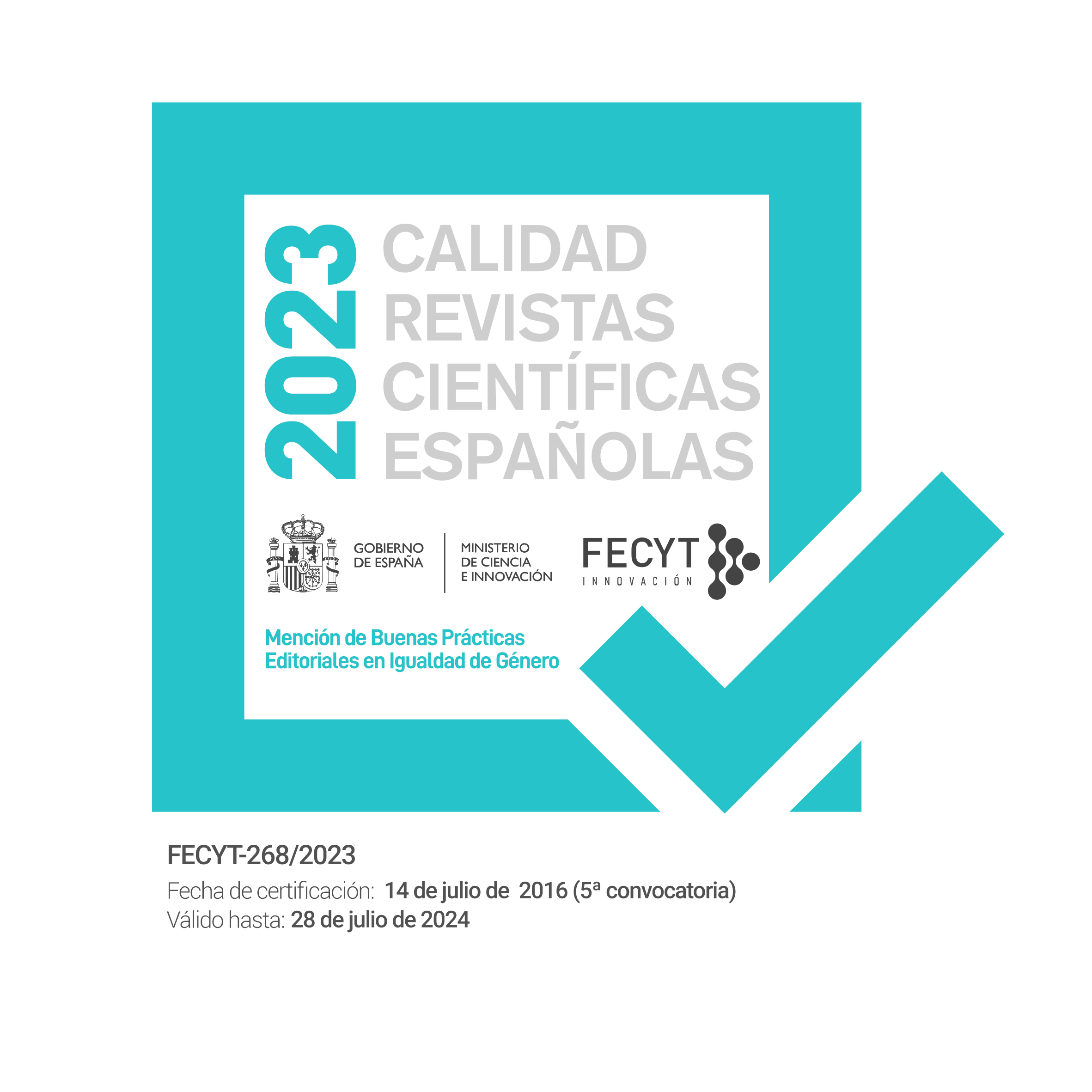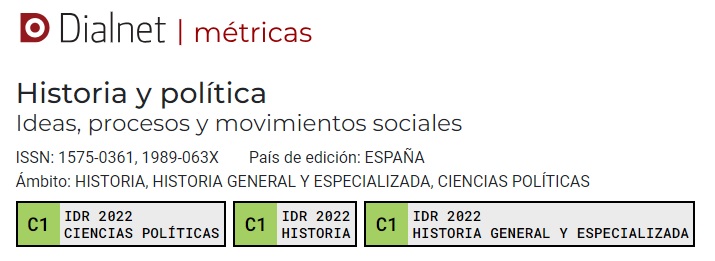Latin American Immigrants in Spain and the United States: A Comparative Analysis from the American Community Survey of 2007 and the Encuesta de Inmigrantes of 2007.
Keywords:
Spain, United States of America, immigration, 21st Century.Abstract
The two nations which have been the recipients of the largest number of Latin American immigrants in the past quarter century, are the United States and Spain. The aim of this paper will be to compare the basic characteristics of these two groups of Latin American born immigrants as seen in two surveys of these populations carried out in 2007. The two primary sources for this analysis will be the Public Use Sample (IPUMS) of the United States Census Bureau’s, American Community Survey of 2007, and the special survey carried out by Spain’s Instituto Nacional de Estadística, called the Encuesta Nacional de inmigrantes (ENI) 2007.Downloads
Downloads
Published
Issue
Section
License

This work is licensed under a Creative Commons Attribution-NonCommercial-NoDerivatives 4.0 International License.
Authors whose contributions are accepted for publication in this journal, accept the following terms:
a. The authors retain their copyright and guarantee to the magazine the right of first publication of their work, which will be simultaneously subject to the Creative Commons Attribution License Attribution-Noncommercial-No derivative works 4.0 Spain, which allows third parties to share the work as long as its author and its first publication is indicated.
b. Authors may adopt other non-exclusive license agreements to distribute the version of the published work (e.g. deposit in an institutional repository or archive, or published in a monographic volume) provided the initial publication in this journal is indicated.
PLAGIARISM AND SCIENTIFIC FRAUD
The publication of work that infringes on intellectual property rights is the sole responsibility of the authors, including any conflicts that may occur regarding infringement of copyright. This includes, most importantly, conflicts related to the commission of plagiarism and/or scientific fraud.
Plagiarism is understood to include:
1. Presenting the work of others as your own.
2. Adopting words or ideas from other authors without due recognition.
3. Not using quotation marks or another distinctive format to distinguish literal quotations.
4. Giving incorrect information about the true source of a citation.
5. The paraphrasing of a source without mentioning the source.
6. Excessive paraphrasing, even if the source is mentioned.
Practices constituting scientific fraud are as follows:
1. Fabrication, falsification or omission of data and plagiarism.
2. Duplicate publication.
3. Conflicts of authorship.





